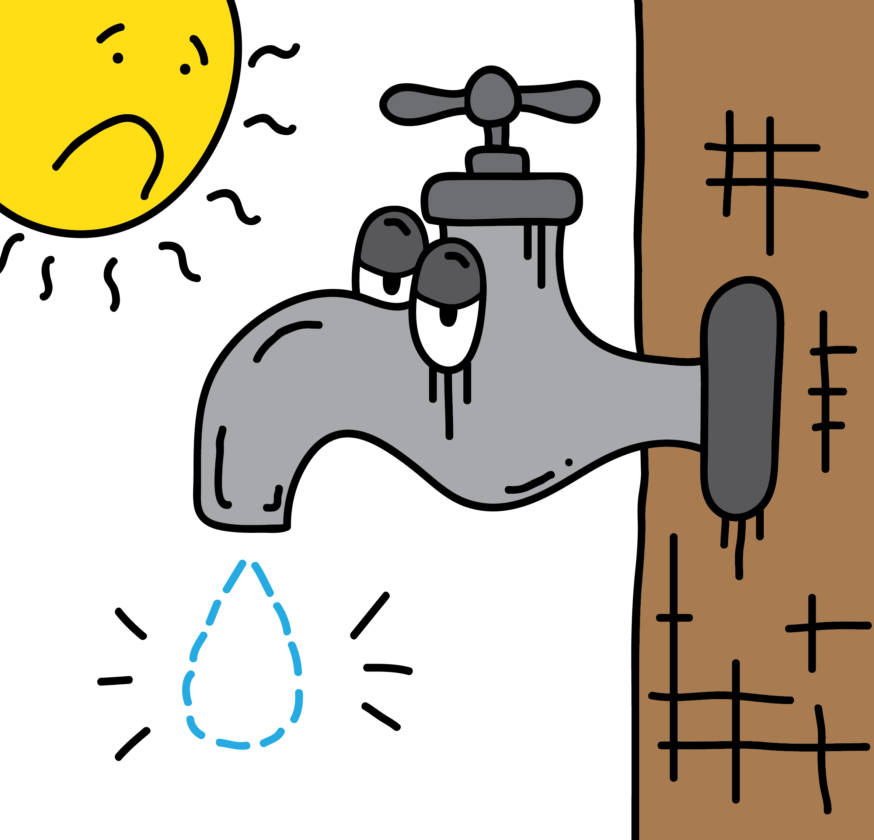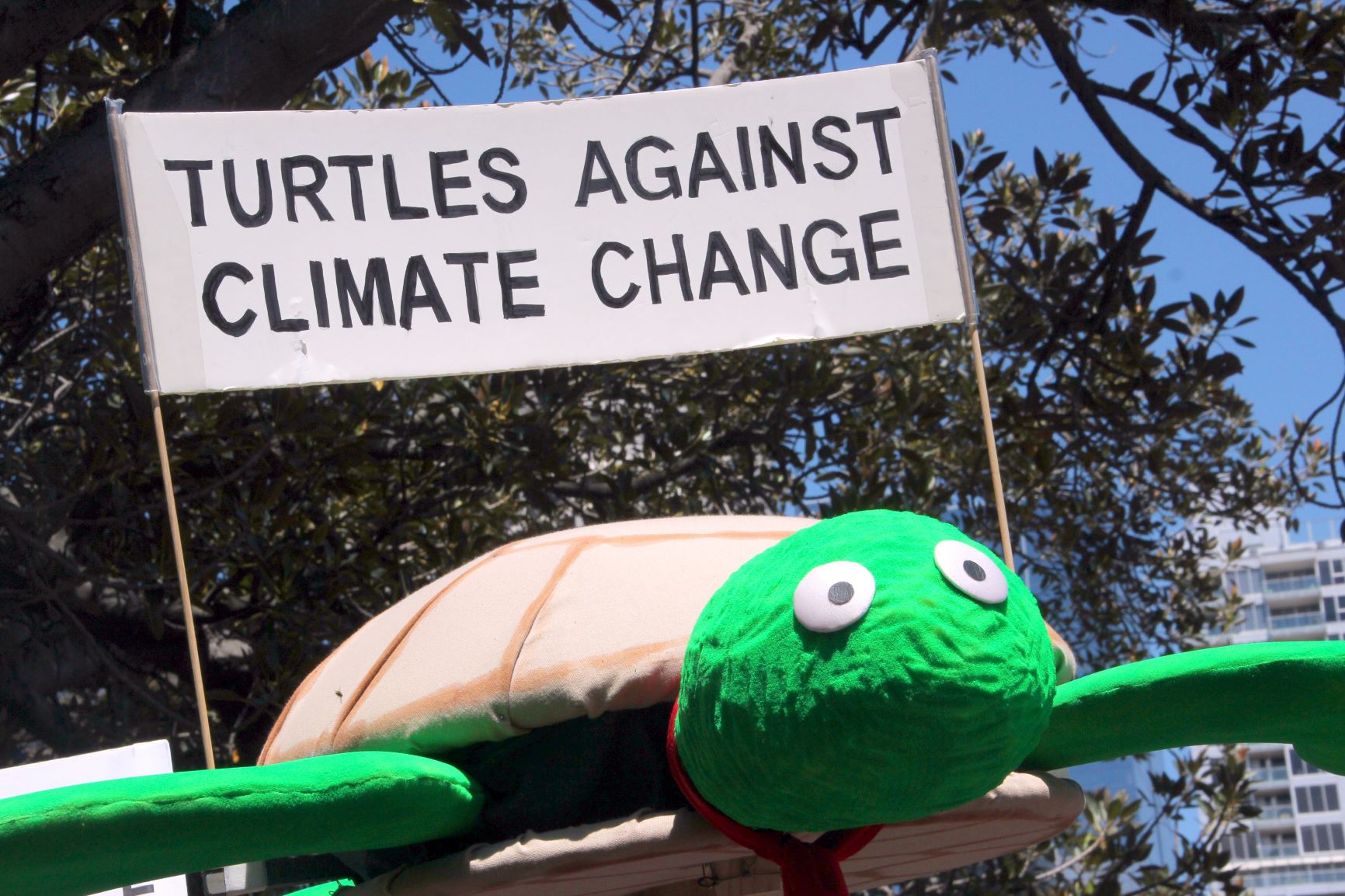Cape Town, South Africa is running out of water. Due to the last three years’ unseasonably dry winters, the coastal city is in the midst of one of the worst droughts in the region’s history.
Cape Town’s six major dams, which held 900,000 megaliters of water 10 years ago, now hold just over 200,000 megaliters—about a 78 percent decrease in the city’s main water source. The city’s taps are predicted to run dry by May.
City officials are now urging residents and visitors to conserve water in every way possible and requiring everybody to keep their daily water usage to less than 50 liters. Cape Town residents are expected—not suggested—to flush toilets sparingly, take 90-second showers twice a week and collect excess water from washing to use for cleaning and gardening.
Unfortunately, these efforts have not been enough to slow down the quickly approaching day zero, and it is impossible to say when the drought will come to an end.
“There is no more time for solutions. We need an act of God. We need divine intervention,” said South African resource management expert Anthony Turton.
In the recent past, Cape Town won awards for its green water policies and has since been used as a model city for water conservation. Cape Town has proven they know how to save water. So how did a major, wealthy and modern coastal city of four million people find itself in such a critical predicament?
Many have blamed the severity of the current drought, but there is more to the story. It is undeniable that climate change exacerbates extreme weather patterns, and we would be naive to ignore the insane anomalies that have occured in the past couple of years. Snow in the Sahara, the droughts, wildfires and mudslides in California, and Cape Town’s water shortage may be the new normal for our world, especially in places vulnerable to extreme weather patterns.
The city made the mistake of underestimating the drought, a political miscalculation based in superiority.
“Climate change is a factor now, and it’s only begun to dawn on [local Cape Town government officials] how much the demand for water will just keep increasing,” Turkon said. The problem with the current attitude toward climate change is that it is one of ambivalence and doubt. Many have not taken the threat seriously. Climate change alters sea levels because it causes ice to melt in the Arctic, the consequences of which affect both the North and South Poles as well as any landmass with a coastal barrier.
Climate change has the potential to be more powerful than any amount of money, man-made weapon or corporate agenda.
The consequences of the water crisis in the Cape could be dire. Businesses will close, unemployment will soar, disease prevention will be much more difficult without the access to fresh water and access to water will become a political power struggle. As stated by Helen Zille, the Premier for the Western Cape, “I personally doubt whether it is possible for a city the size of Cape Town to distribute sufficient water to its residents.”
Cape Town is not the first to feel the effects of climate change; it is only next on the climate injustice ladder. Those who felt the effects of climate change first were Earth’s wildlife; polar bears, sea turtles, snow leopards, African and Asian elephants and so many more are no stranger to the phenomena. Next, the most vulnerable humans started to feel climate pangs and pains. Those least fortunate were often subject to displacement and were the first climate refugees, not to be the last. Their ranks include indigenous communities in northern Alaska and those are losing their island homes due to rising sea levels.
People who are geographically vulnerable are getting hit now. Noteable examples are currently California, parts of Asia and our friends in the Cape, places where drought and other extreme weather patterns are more prominent. It is only a matter of time before the rest of us residing in developed and Westernized nations begin to tangibly see the disasters we were warned about on the horizons.
The consequences of climate change can no longer be swept under the rug. It is now impossible to ignore. Climate change needs to be at the top of everyone’s priorities. We are not doing enough. Until we are, we may as well be next.






